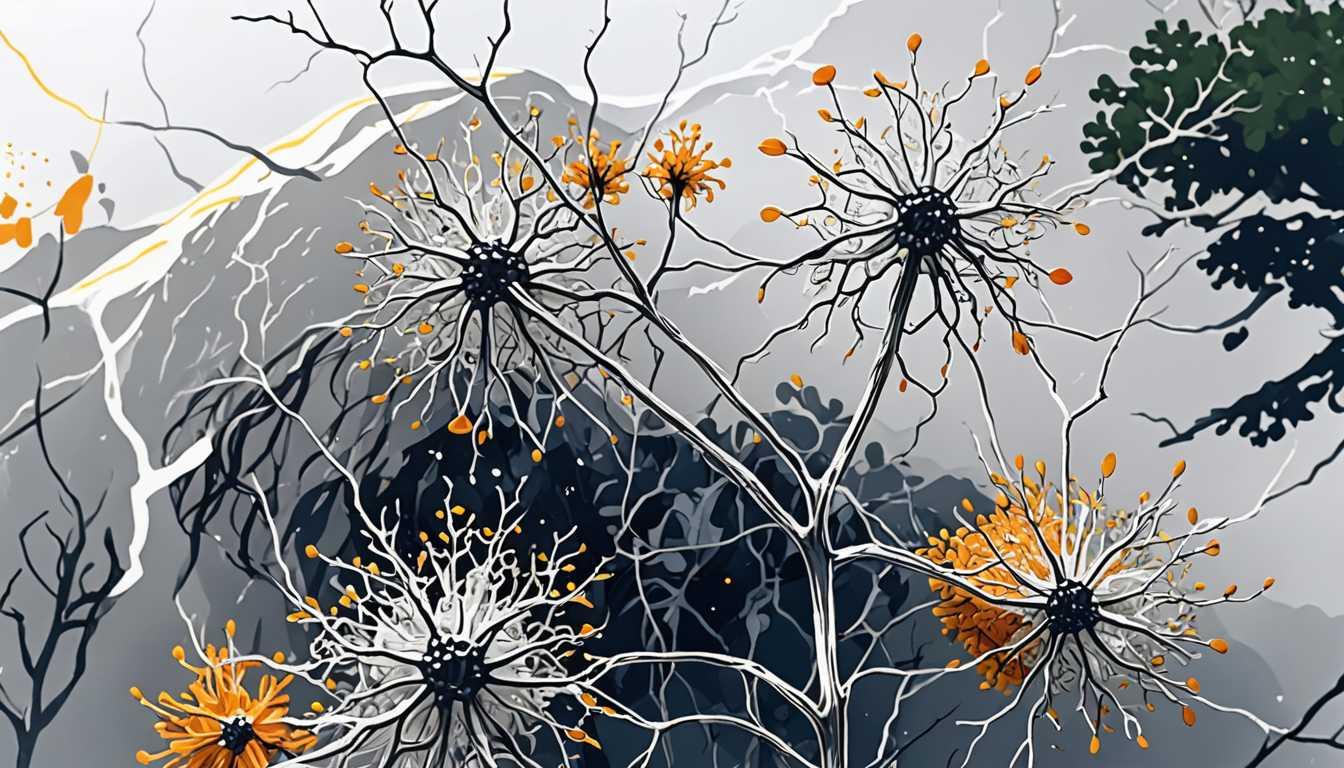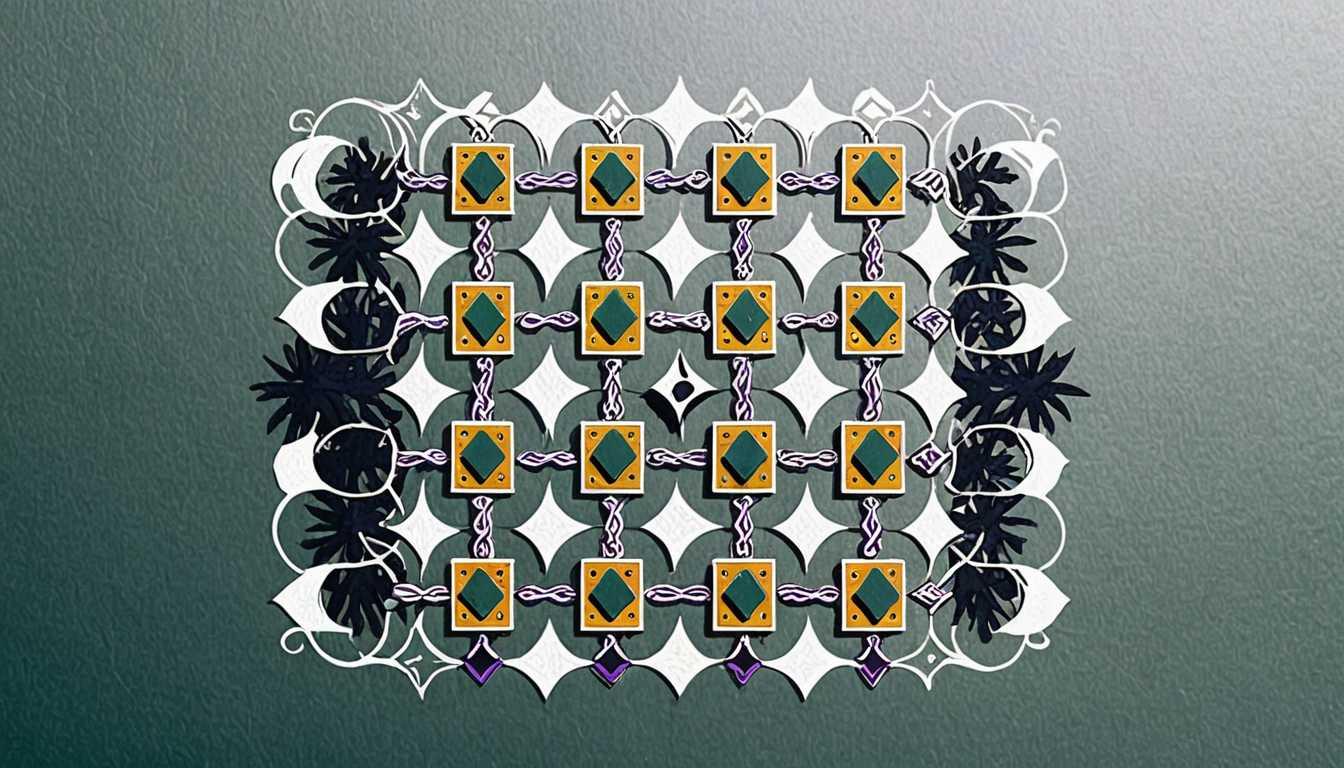Digital Twins: The Space Mission Game Changer
June 2024
MIT Technology Review
Introduction
Hey there, future scientists! Did you know that NASA’s James Webb Space Telescope had to pull off some serious acrobatics to get into orbit? With 344 ways to mess up, it sounds like a high-stakes movie! Thanks to digital twins—3D models that mirror the telescope's every move—engineers watched this nail-biting show unfold from a million miles away. Dive into this cool MIT Technology Review article to learn how these digital doubles are revolutionizing space exploration and much more!
READ FULL ARTICLEWhy It Matters
Discover how this topic shapes your world and future
Unraveling the Wonders of Digital Twins in Space Exploration
Digital twins are changing the way we explore and understand the universe, and that’s pretty exciting! Imagine a virtual replica of something complex, like NASA's James Webb Space Telescope (JWST), that helps scientists and engineers monitor and predict its performance from a million miles away. This technology ensures that everything goes smoothly, reducing the chances of failure in missions that cost billions of dollars. Digital twins have applications beyond space, impacting industries like defense and manufacturing. They represent how technology can enhance our problem-solving capabilities and encourage collaboration across different fields. By grasping this fascinating topic, you can appreciate how much innovation and teamwork contribute to our quest for knowledge about space and the universe!
Speak like a Scholar
Digital Twin
A computer-based model that closely resembles a real-world object or system, constantly updated with information from the physical version.
Choreography
The carefully planned sequence of movements or actions, often used in the context of dance but here referring to the intricate steps needed for the telescope's deployment.
Anomaly
An unexpected problem or irregularity that occurs during a project or process, which engineers must identify and resolve.
Simulation
A method of imitating real-world processes or systems to predict outcomes or test ideas without actual risk or cost.
Interdisciplinary
Involving two or more different fields of study or areas of knowledge, promoting a broader understanding of complex issues.
Artificial Intelligence (AI)
The simulation of human intelligence in machines, enabling them to learn, reason, and make decisions based on data.
Independent Research Ideas
The Future of Space Exploration with Digital Twins
Investigate how digital twins could further enhance missions to Mars or beyond and the implications for human space travel.
The Role of Digital Twins in Environmental Monitoring
Explore how creating digital twins of ecosystems could help in understanding climate change and biodiversity loss.
Comparative Analysis of Digital Twins in Defense and Space
Examine how the use of digital twins differs in military applications versus space exploration and what lessons can be shared between the two fields.
The Impact of AI on the Evolution of Digital Twins
Research the advancements in artificial intelligence and how they can improve the accuracy and functionality of digital twins in various industries.
Creating a Digital Twin of Your School
Design a project aiming to create a digital twin of your school’s facilities and operations to improve management and resource allocation.
Related Articles

X-AR: Superhero Vision Comes Alive
February 2023
Massachusetts Institute of Technology (MIT)

MIT's Chip: Secure and Smart Tech
April 2024
Massachusetts Institute of Technology (MIT)

AI Learns to Sidestep Toxicity
April 2024
Massachusetts Institute of Technology (MIT)

Ekho: Ending Gaming's Lag Saga
September 2023
Massachusetts Institute of Technology (MIT)

Resistor Revolution: Rethinking Machine Learning Circuits
June 2024
MIT Technology Review